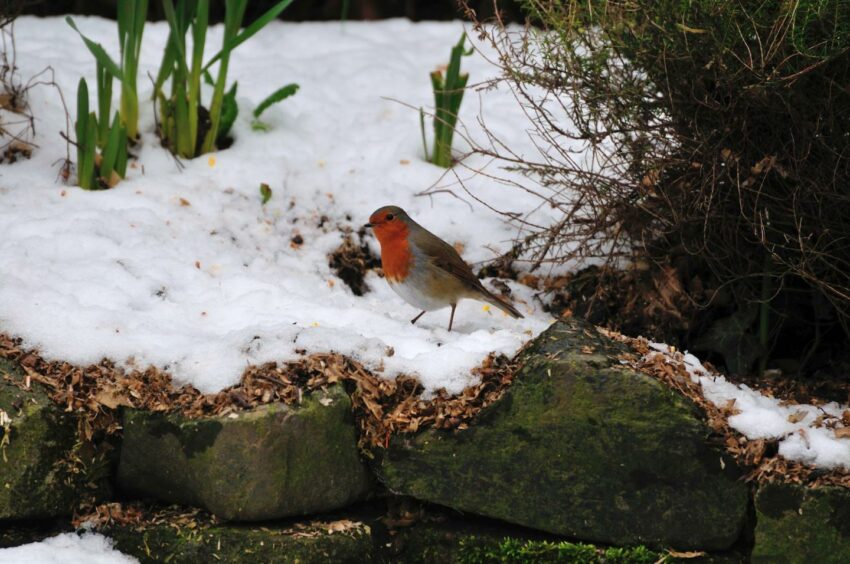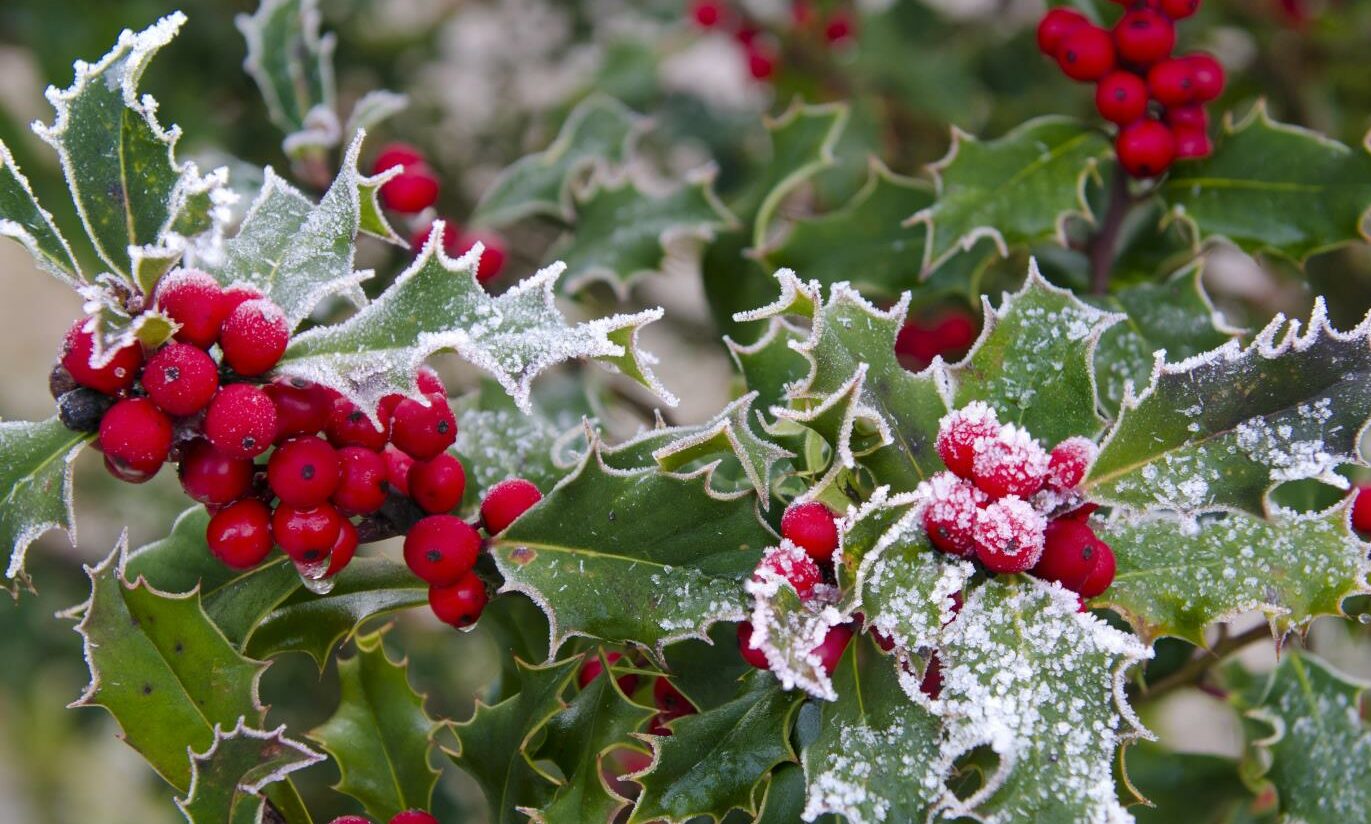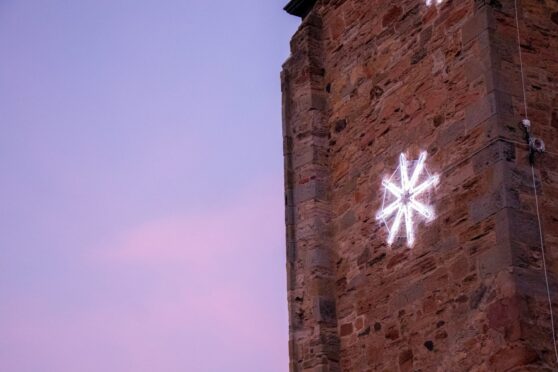The last of the leaves are falling to the ground from the trees and shrubs, bringing an end to the autumn foliage display.
The garden is will soon be down to its bare bones.
That doesn’t mean the garden display is finished for the year, far from it.
A well placed piece of art or the likes of a simple pyramid frame will stand out over the winter months.
Containers full of winter bedding add pockets of colour while evergreen trees and shrubs that normally blend into the background during the growing season as perennials finally take centre stage themselves.
Get your wreath from your garden
However, as we enter into the month of December and into the season to be jolly, we need look no further than the decoration of a simple wreath to add that finishing touch, gently easing us into the Christmas spirit.
The only thing worse than artificial grass is an artificial wreath so I urge you please to avoid this.
With a bit of planning you could be growing a selection of plants in your own garden giving your outdoor space winter interest, then being able to pick material from them to create your own wreath.
If after a traditional looking wreath then to begin with we need a base.
For ease when I first started gardening we used a floral foam but time has come to show the negative impacts this synthetic, non-recycle-able plastic has on the environment.
Today there is a more friendlier version available but why bother when you we can purchase a wire frame that when looked after can be reused for a number of years.
Moss comes in handy
The next step is to wrap the frame in moss in which we attach the foliage to.
Every autumn as part of my lawn maintenance I rake the moss out to keep it healthy but I always leave enough in a wee corner for this time of year when making my wreath.
Separate your moss into fist-sized bundles and place them on the wire securing in place by wrapping florists wire around it.
There are plenty varieties of holly to have as a plant in your garden that will also provide foliage for your Christmas wreath, coming in attractive variegated leaf colours as well as the glossy green.
One plant would be ample enough to supply you for a wreath or two but if you desire one that produces the red, orange or yellow berries then in most cases you will require a female variety with a second male plant growing nearby to pollinate it.
There are self-fertile types such as Ilex aquifolium ‘J C van Tol’ that don’t need a partner if you only have the room for one plant.
If this is you, another practical way to make efficient use of what gardening space you have is to use holly as a boundary hedging.
How to make your wreath
Take cuttings no bigger than 15cm/ 6 inches long,
Attach them to your wreath ring with some wire, keep working your way around the ring until all the moss is covered, laying the foliage in the same direction so it overlaps.
I was hesitant at first but I’m now beginning to like some of these modern versions of wreaths that are now on the scene.
Dogwoods with their winter coloured stems are a must plant for the garden at this time of year.
This is a quality plant often used in our neighbourhood planting schemes and those around car parks.
However you rarely see it at it’s best in these situations due to the butchering method of pruning these poor plants have to endure.
When looked after properly, cutting them right down to the ground every couple of years with a pair of loppers at the start of spring instead of into the shape of a box with a hedge trimmer, it will produce straight and whippy growth of red, orange, yellow and green.
Long lengths of stems taken from the plant can be bent into a circle twisting in on itself until it holds it shape. Continue adding more stems until you create your desired wreath.
Eucalyptus is good too
Something unique can be created using the grey-blue foliage of Eucalyptus.
Hardier species of this gum-tree from Australia also have attractive feeling bark making this a choice plant of difference for the garden in which to take foliage from.
Finishing touches could be applied by attaching scented Skimmia flowers, pieces of Cinnamon or dried oranges and ribbon for effect.
Cones can also be added to your wreath by wrapping wire around its base and twisting the ends together before pushing through the ring.
Time to get started
A wreath can last outdoors for a good month, making now the perfect time for getting outdoors and picking material from your garden to create a home-made wreath to last us through the Christmas period.
Wreaths made from greenery will benefit by having the moss kept moist to make it last longer and prevent the foliage from drying out.
If kept outside this will usually do the trick especially if we get a nice, white Christmas.





